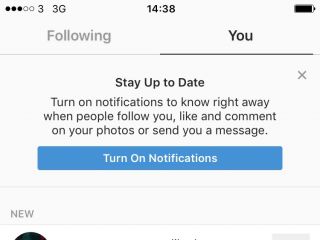Speculation rules and fears
After I wrote positively about the speculation rules API I got an email from David Cizek with some legitimate concerns. He said:
I think that this kind of feature is not good, because someone else (web publisher) decides that I (my connection, browser, device) have to do work that very often is not needed. All that blurred by blackbox algorithm in the browser.
That’s fair. My hope is that the user will indeed get more say, whether that’s at the level of the browser or the operating system. I’m thinking of a prefers-reduced-data setting, much like prefers-color-scheme or prefers-reduced-motion.
But this issue isn’t something new with speculation rules. We’ve already got service workers, which allow the site author to unilaterally declare that a bunch of pages should be downloaded.
I’m doing that for Resilient Web Design—when you visit the home page, a service worker downloads the whole site. I can justify that decision to myself because the entire site is still smaller in size than one article from Wired or the New York Times. But still, is it right that I get to make that call?
So I’m very much in favour of browsers acting as true user agents—doing what’s best for the user, even in situations where that conflicts with the wishes of a site owner.
Going back to speculation rules, David asked:
Do we really need this kind of (easily turned to evil) enhancement in the current state of (web) affairs?
That question could be asked of many web technologies.
There’s always going to be a tension with any powerful browser feature. The more power it provides, the more it can be abused. Animations, service workers, speculation rules—these are all things that can be used to improve websites or they can be abused to do things the user never asked for.
Or take the elephant in the room: JavaScript.
Right now, a site owner can link to a JavaScript file that’s tens of megabytes in size, and the browser has no alternative but to download it. I’d love it if users could specify a limit. I’d love it even more if browsers shipped with a default limit, especially if that limit is related to the device and network.
I don’t think speculation rules will be abused nearly as much as client-side JavaScript is already abused.

